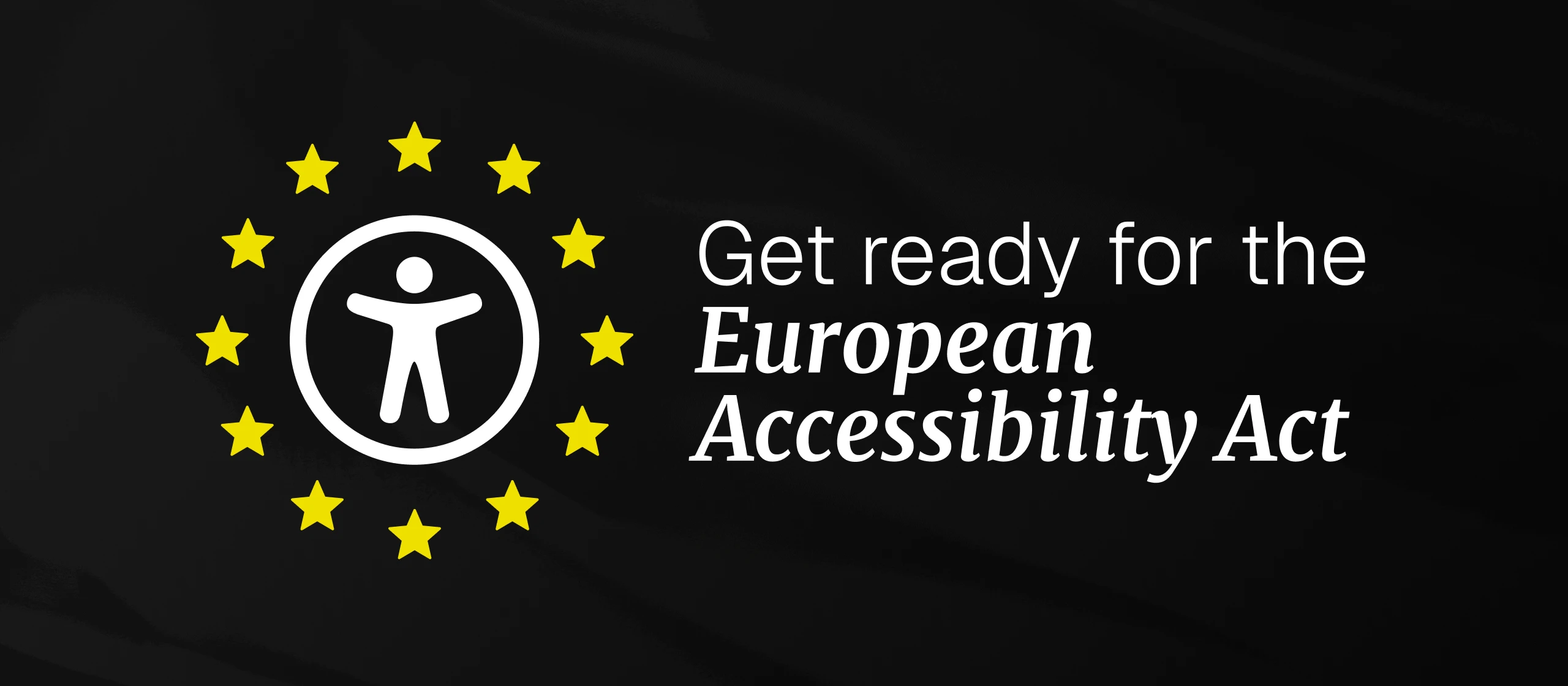What is the European Accessibility Act?
The European Accessibility Act is the EU’s new way of making sure products like websites, apps, e-books, banking, ticket machines, and more work for everyone, including people with disabilities.
Basically, it says digital products should be made so everyone can use them easily, no matter if you see, hear, move, or think a little differently. Everyone deserves a fair shot in the digital world!

The time for inclusion is now
Why does it matter for UX?
UX is all about making digital experiences easy and fun to use. With the EAA, accessibility isn’t just a bonus anymore, it’s a must.
Here’s what that means:
- Inclusive design is the new normal: You gotta think about all kinds of users right from the start, not squeeze it in last minute.
- Testing for accessibility is serious now: No more guessing if your site works for everyone. Use the right tools and, if you can, test with real users who rely on assistive tech.
- Clear communication is key: Think about screen readers, keyboard navigation, and colour contrast to make sure content is easy to find and use.
- Stay legal or pay up: If you’re dealing with the EU, not following the rules could cost you fines. So it’s way smarter to stay ahead of it.
What kind of digital products are affected?
The EAA covers a lot, but here’s the stuff you really need to watch:
- Websites and mobile apps
- E-commerce platforms
- Banking and financial services
- E-books and online publications
- Ticketing and check-in systems
If your product fits into these categories and serves EU users, you’ll need to get compliant.

Give your digital tools a complete health check
How to get ready for the new challenges?
No worries, prepping for the EAA doesn’t have to be a headache. Just follow these simple steps to get started:
- Learn the basics
Get familiar with theWCAG (Web Content Accessibility Guidelines), which are your go-to rules for making digital content accessible. - Check out your current products
Use tools like WAVE to spot any accessibility issues. Fix the big ones first, then work your way down. - Make accessibility part of your design from the get-go
Think about it right from day one. Use colours that everyone can see, make buttons easy to navigate with a keyboard, and add alt text to images. - Get feedback from real people
If you can, ask users with different disabilities to try things out. Their insights are super helpful. - Teach your team
Make sure designers, developers, and content creators all understand why accessibility matters. - Keep up with the rules
Stay in the loop about the EAA and any new standards you need to follow.
Final thoughts
The European Accessibility Act is a great step towards making the digital world easier and friendlier for everyone. For UX pros and creators, it’s a chance to improve your skills and reach more people.
By focusing on accessibility, you’re not just checking boxes, you’re helping build an internet where nobody gets left out.
Want to learn more?








